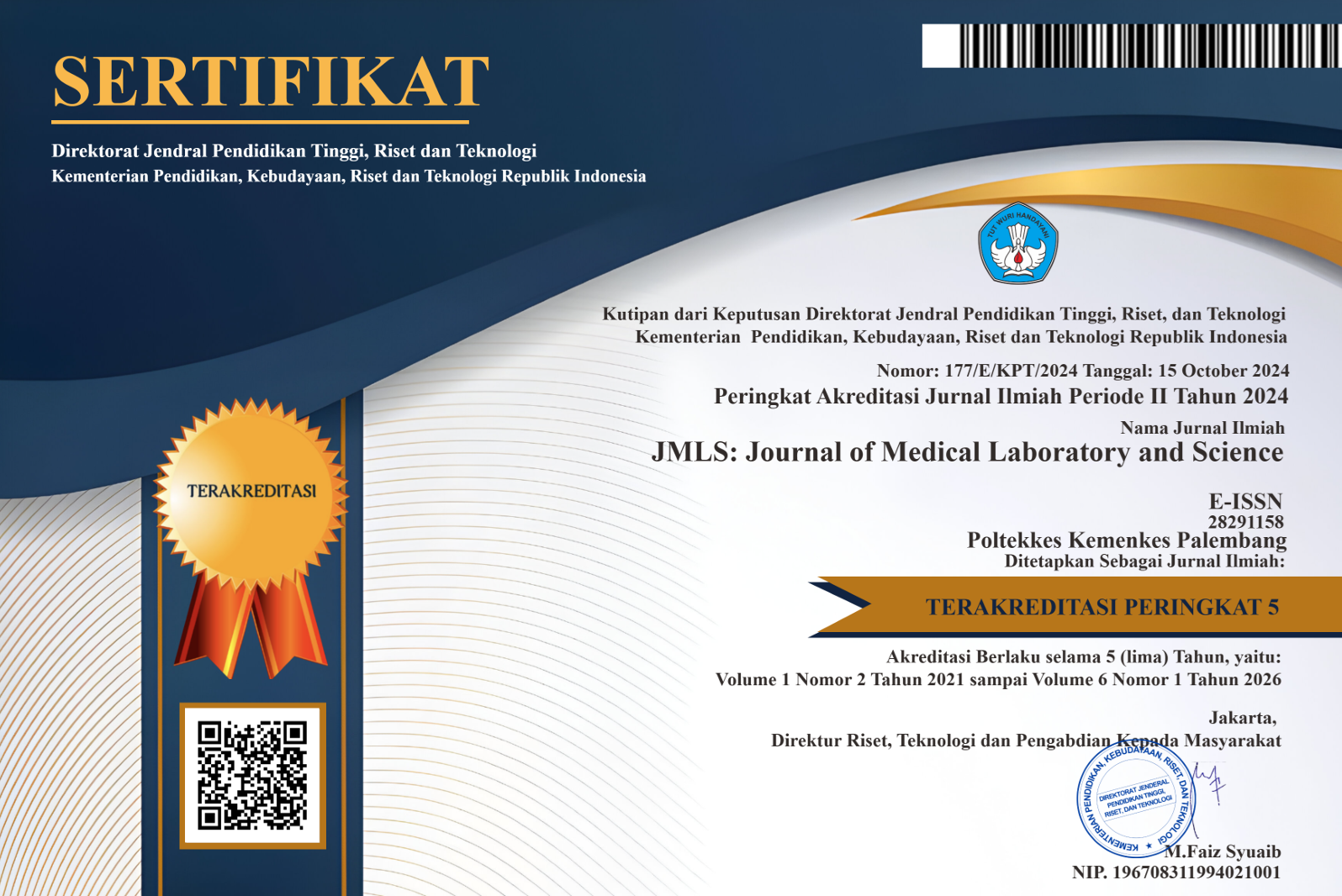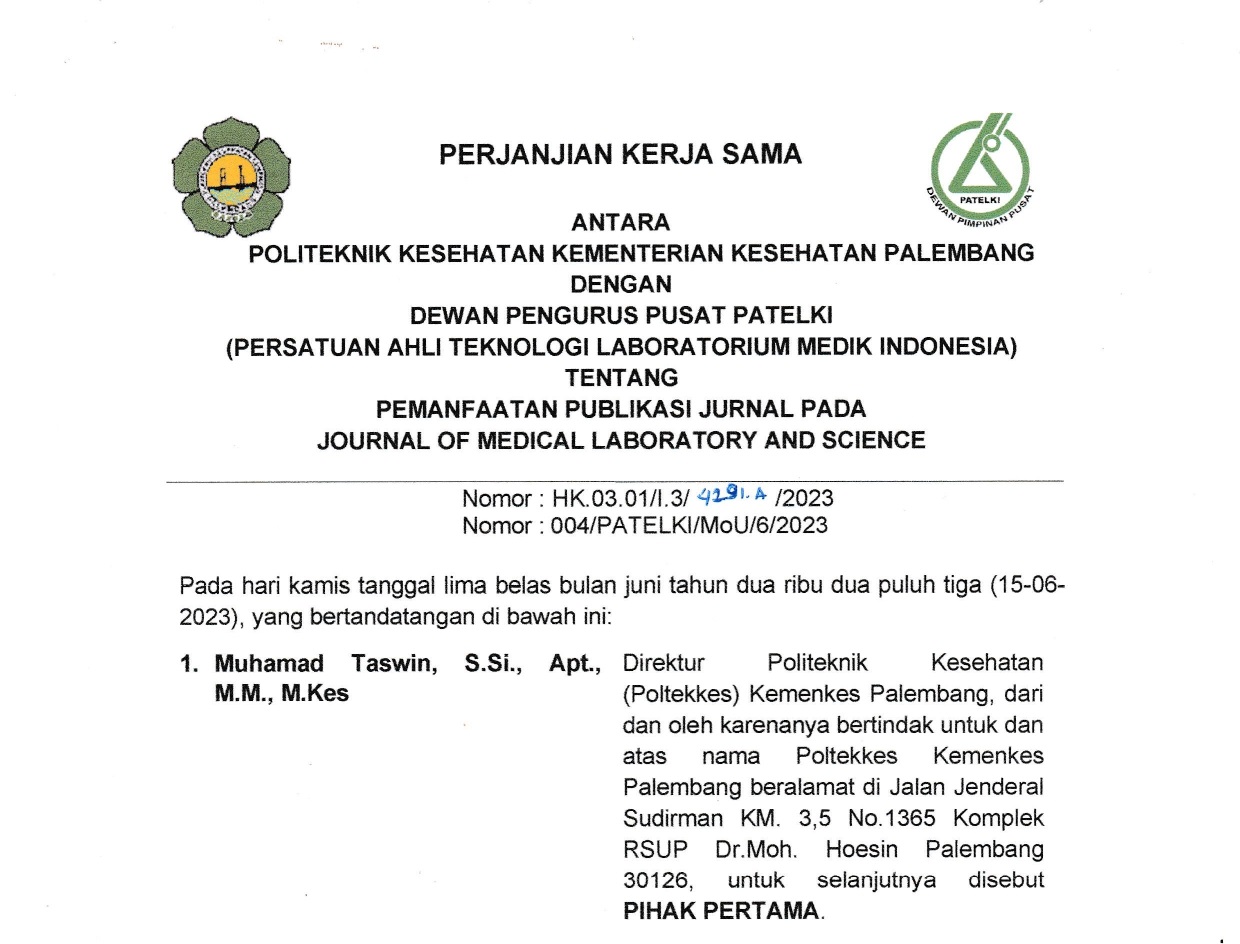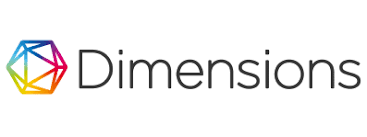KOMBINASI KITOSAN DAN Lactobacillus acidophilus SEBAGAI ANTIBAKTERI Escherichia coli
Abstract
ABSTRACT
Background: Chitosan is a prebiotic obtained from fishery waste raw materials such as shrimp heads and crab shells which are abundant in Indonesia. Prebiotics are indigestible ingredients that produce beneficial effects on the host by selectively stimulating the growth of one or more specific bacteria. LAB from the genera Lactobacillus and Bifidobacterium have potential as probiotic agents that are beneficial for human and animal health. The amount of probiotics can be optimized by using prebiotics. The synergistic concept between probiotics and prebiotics is known as synbiotics. This research aims to see the effect of the combination of chitosan and Lactobacillus acidophilus on the growth of Escherichia coli bacteria in Vivo.
Methods: E. coli in cecum duck was determinant by plate count method. Results: The average of E. coli content in the cecum of pegagan duck were : 40.00; 78.33; 21.67; 19.33 dan 11.00x105 CFU/mL for treatment A (control), B, C, D, E, F, G, and H respectively. Conclusion: The results showed that the treatment had significant effect (P<0,05) on E. coli.
Keywords : L. acidophilus sp, Chitosan 0,2%, E. coli
Copyright (c) 2024 Journal of Medical Laboratory and Science

This work is licensed under a Creative Commons Attribution-ShareAlike 4.0 International License.
Authors who publish with this journal agree to the following terms:
- Authors retain copyright and grant the journal right of first publication with the work simultaneously licensed under a Creative Commons Attribution License that allows others to share the work with an acknowledgement of the work's authorship and initial publication in this journal.
- Authors are able to enter into separate, additional contractual arrangements for the non-exclusive distribution of the journal's published version of the work (e.g., post it to an institutional repository or publish it in a book), with an acknowledgement of its initial publication in this journal.
- Authors are permitted and encouraged to post their work online (e.g., in institutional repositories or on their website) prior to and during the submission process, as it can lead to productive exchanges, as well as earlier and greater citation of published work














